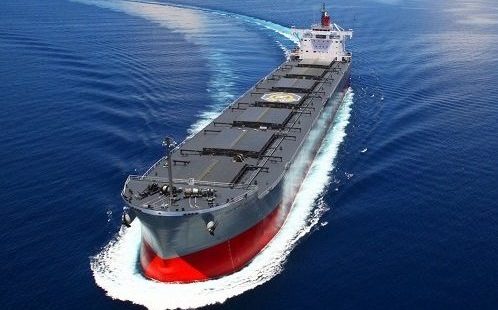Simplifying decarbonisation and driving transparency with AI data models

Combining noon reports with new AI technology is key to unlocking the essential data insights that charterers and shipowners need to monitor and regulate their vessels’ environmental performance. Roberto Coustas, co-founder and CEO at DeepSea Technologies, reports.
The entire world, including the maritime industry, has been justifiably preoccupied with Covid-19 and its immediate impact on our lives and businesses over the last year, but the fight against the existential threat of climate change has continued unabated.
In the shipping industry, the combination of IMO regulations such as the global sulphur limit and the Energy Efficiency Existing Ship Index (EEXI) – plus market-based measures such as RightShip’s greenhouse gas (GHG) rating and the Sea Cargo Charter, among others – are having increasing influence on ship owners and charterers, both driving them to reduce the carbon emissions of their existing fleets and pushing them towards ships that are more environmentally friendly.
If they haven’t already, shipowners and charterers must now take the necessary action required to monitor and optimise their fleets, ensuring they remain compliant and ahead of the accelerating environmental regulatory curve, as well as market-based measures.
The transparency unlocked by the data that AI extracts could create new opportunities to rethink fundamental relationships in the shipping industry
Despite a growing acceptance that a good and efficient vessel means higher charter rates, a higher after sale price, and often lower interest rates; the right route to effective vessel monitoring and subsequent fuel and emissions reduction is still up for debate.
Curiosity continues to build about the potential role that digital technologies, including AI, could play in helping the shipping industry to meet environmental objectives that also drive value and higher levels of transparency throughout business operations. However, many owners and charterers are constrained by the analogue systems onboard their vessels. Performance reporting is a good example of this, with the vast majority of owners and charterers still relying on noon reports.
This creates an intriguing engineering problem. Can we help shipowners and charterers to monitor the performance of their vessels in real time, without first asking them to invest significant CAPEX to create new digital interfaces onboard? Is there a new way to use noon reports that unlocks accurate, real-time performance and monitoring statistics that are vital for the management of fuel use and associated emissions?
AI and deep learning technology could provide the answer. Rather than just organising data from a vessel, models underpinned by AI can be trained on the wide range of variables that impact vessel performance – such as weather conditions, sea conditions, draft, trim, RPM, fuel oil temperatures and pressures, etc. – and updated in real-time. Such models can then accurately predict future fuel usage, as well as detect performance anomalies and critical events that might need further investigation.
The implications of these models stretch far beyond individual vessels and the businesses that own and manage them. Soon, we believe we could see a scenario where data extracted by AI enables charterers to compare vessels, relative to their peers. This would be beneficial from both an investment and chartering perspective, potentially ending the opaqueness that has historically defined the shipping industry. The transparency unlocked by the data that AI extracts could also create new opportunities to rethink fundamental relationships in the shipping industry, including those between ship and shore. By bridging the gap between the onboard reality and on-shore decision-makers, shipowners and charterers will be in a strong position to make data-driven decisions that minimise their costs and environmental impact. With the urgent calls to tackle the climate crisis, using AI technology in this way could not be timelier.
